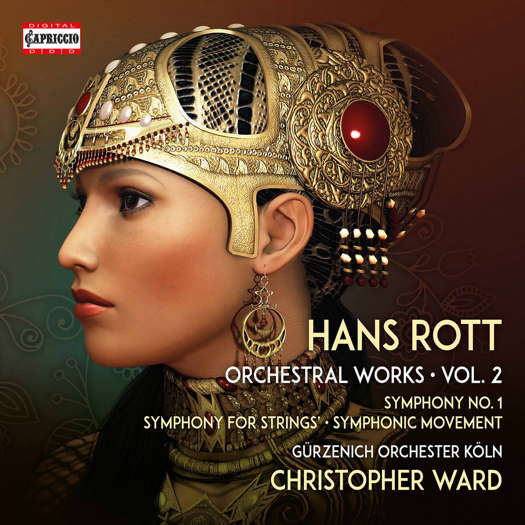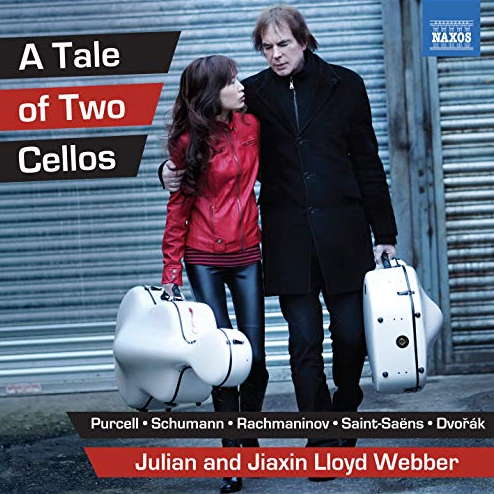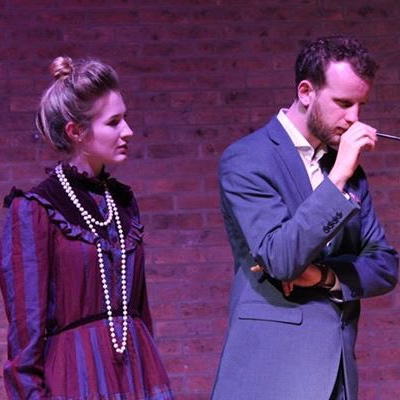- Lauro Rossi
- Fredrik Vilhelm Ludvig Norman
- Carol Neblett
- Schubertian
- Dan Rowe
- John Beckwith
- Ivry Gitlis
- Justin Connolly: String Trio

Astounding Work
A second volume of orchestral music by Austrian composer Hans Rott, heard by GEOFF PEARCE
'... performed with passion and understanding, and the quality of the recording matches this. Bravo.'
If ever there was a composer that I think 'Oh what could have been', it would be Hans Rott, a contemporary and fellow student of Mahler and a student of Bruckner. He had so much promise, but died at the tragically young age of twenty-five after a time in an asylum, leaving just a handful of works.
The first Symphony was completed in 1880 when the composer was just twenty, but had been started quite some time earlier. The reception at the time of its first performance was mixed, but Brahms, in particular, disliked the work.
It is an astounding work for one so young. The grand unhurried opening movement was obviously inspired by both Wagner and Bruckner, particularly the latter, I think, with its hymn-like progression. Rott evidently worked on this movement as early as 1878 and spent a lot of time on it. It is reflective at some points, triumphant at others and the overall effect is one of cheerful optimism.
Listen — Hans Rott: Alla breve (Symphony No 1 in E)
(track 1, 7:01-7:43) ℗ 2021 Capriccio Records :
The second movement is very slow and a similar length to the first. It is a typical late romantic slow movement with a lovely broad motive in the lower strings, and winds its way, gradually building to a climax, and there are very interesting harmonies and modulations along the way. Already Rott shows a mastery of the orchestral palate, and the writing is confident and assured. There is a middle section, in which there are two climactic moments that are full of tension and some daring harmonic and melodic moments before the movement subsides and a chorale like section gently brings the movement to a close.
Listen — Hans Rott: Sehr langsam (Symphony No 1 in E)
(track 2, 6:10-7:00) ℗ 2021 Capriccio Records :
The third movement is a scherzo and is very reminiscent of some of the rustic scenes in Mahler's first symphony ( written eight years later) and also in the scherzo movements of some of the later symphonies. This is boisterous and colourful youthful music and is perhaps the most akin to Mahler that I have heard, although the influence of Bruckner is forever present. There is a delicious and heartfelt slow section, but soon enough, the merrymaking resumes.
Listen — Hans Rott: Frisch und lebhaft (Symphony No 1 in E)
(track 3, 4:18-5:02) ℗ 2021 Capriccio Records :
The last movement is the most substantial and complex, lasting longer than the first two movements, at over twenty minutes. It opens slowly and softly and ends very quietly, but undergoes a great many changes of mood and tempo along the way, and like the third movement, the composer also demonstrates his mastery of fugue. In my mind, this could almost be symphony itself, and there is almost an outer world experience to some of this music, especially in the opening.
Listen — Hans Rott: Sehr langsam - Belebt (Symphony No 1 in E)
(track 4, 1:08-2:00) ℗ 2021 Capriccio Records :
The next work is a string symphony completed a few years earlier, when the composer was sixteen. Although it tends to look back to earlier times, and is reminiscent of other string serenade and ensemble works the composer must have heard as a student, the composer writes again with a mastery and assurance that belie his years.
The slow movement is a particular joy. Very elegiac in nature, it has some interesting modulations and juxtaposition between major and minor, which remind me particularly of Schubert.
Listen — Hans Rott: Grave e largo (Symphony for String Orchestra in A flat)
(track 6, 1:50-2:41) ℗ 2021 Capriccio Records :
The third movement is a quite bouncy scherzo, at times light, and at others surprisingly boisterous. This is music, full with the exuberance of youth, with unbounding optimism and energy. There is a reflective middle section that is somewhat inward looking but this soon buitds energy and the vitality resumes.
Listen — Hans Rott: Scherzo (Symphony for String Orchestra in A flat)
(track 7, 3:22-3:59) ℗ 2021 Capriccio Records :
The final track is a symphonic movement the composer wrote to work out ideas for the first movement of his symphony. There are differences but in my mind, either could work as the opening movement to this work.
Listen — Hans Rott: Symphonic Movement in E
(track 8, 5:19-6:07) ℗ 2021 Capriccio Records :
In my mind this is an outstanding disc of enjoyable late Romantic music, which really showcases the skill of an amazingly gifted young man. My enjoyment of this music was certainly enhanced by the quality of the director, Christopher Ward, Gürzenich Orchester Köln and the recording engineers. It is performed with passion and understanding, and the quality of the recording matches this. Bravo.
Copyright © 30 January 2021
Geoff Pearce,
Sydney, Australia

CD INFORMATION: HANS ROTT ORCHESTRAL WORKS 2
MORE CLASSICAL MUSIC ARTICLES ABOUT AUSTRIA




